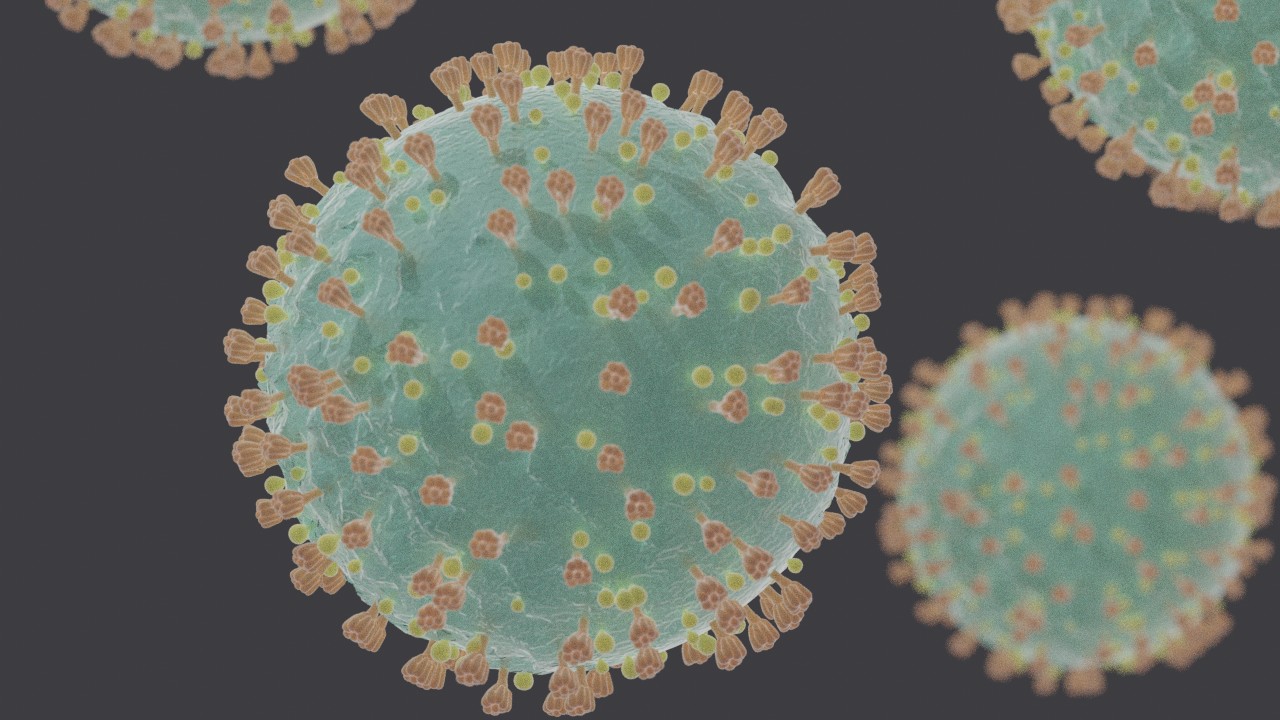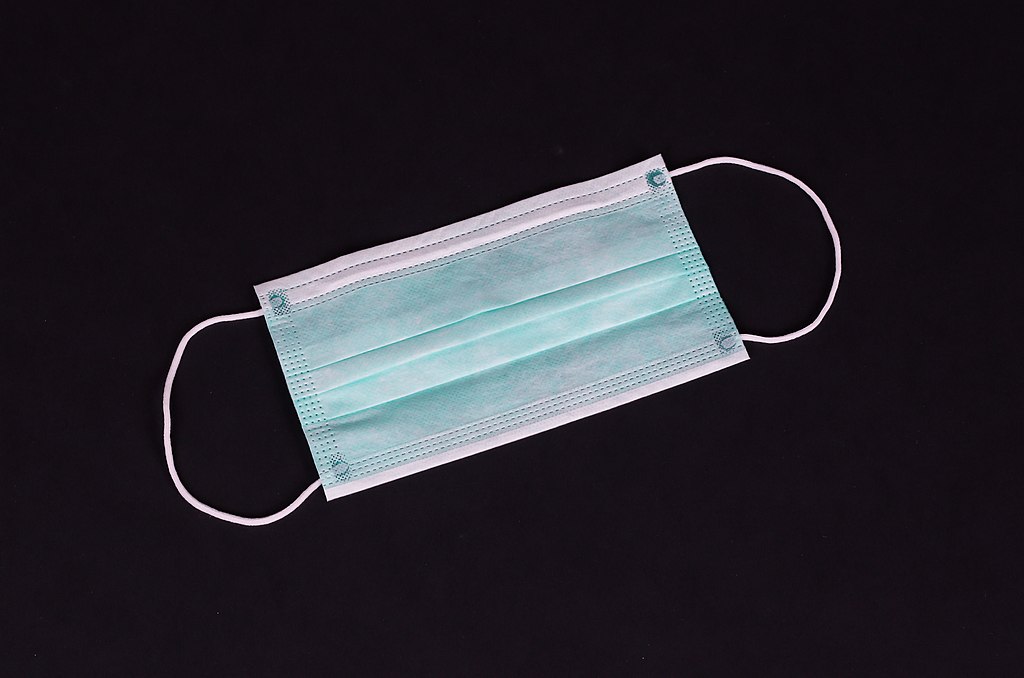Tag: Coronavirus coverage
-
Looking back at government responses to the coronavirus pandemic, July 6-July 10, 2020

Although the first case of COVID-19 in the U.S. was confirmed on Jan. 21, 2020, it wasn’t until March when the novel coronavirus upended life for most Americans. Throughout the year, states issued stay-at-home orders, closed schools, restricted travel, issued mask mandates, and changed election dates. Here are the policy changes that happened July 6-July…
-
A look back at government responses to the coronavirus pandemic, June 29-July 3, 2020

Although the first case of COVID-19 in the U.S. was confirmed on Jan. 21, 2020, it wasn’t until March when the novel coronavirus upended life for most Americans. Throughout the year, states issued stay-at-home orders, closed schools, restricted travel, issued mask mandates, and changed election dates. Here are the policy changes that happened June 29-July…
-
Michigan, West Virginia end statewide face-covering requirements

Two states ended statewide public mask requirements for vaccinated and unvaccinated people between June 18-24. Michigan Gov. Gretchen Whitmer (D) ended most remaining statewide coronavirus restrictions, including the statewide mask mandate, on June 22. Vaccinated and unvaccinated people still have to wear masks on public transportation and at public transportation hubs (like bus stations and…
-
Reviewing government responses to the coronavirus pandemic from one year ago this week

Although the first case of COVID-19 in the U.S. was confirmed on Jan. 21, 2020, it wasn’t until March when the novel coronavirus upended life for most Americans. Throughout the year, states issued stay-at-home orders, closed schools, restricted travel, issued mask mandates, and changed election dates. Here are the policy changes that happened June 22-26,…
-
Vermont ends statewide face-covering requirement

One state ended statewide public mask requirements for vaccinated and unvaccinated people between June 12-17. Vermont Governor Phil Scott (R) lifted all remaining coronavirus restrictions in the state, including capacity restrictions and mask requirements for unvaccinated individuals on June 14. Masks are still required in health care settings, in long-term care facilities, on public transportation,…
-
COVID-19 policy changes and events one year ago this week

Although the first case of COVID-19 in the U.S. was confirmed on Jan. 21, 2020, it wasn’t until March when the novel coronavirus upended life for most Americans. Throughout the year, states issued stay-at-home orders, closed schools, restricted travel, issued mask mandates, and changed election dates. Here are the policy changes that happened June 15-19,…
-
Illinois, Kentucky end face-covering requirements

Two states ended statewide public mask requirements for vaccinated and unvaccinated people between June 5-11. Illinois Governor J.B. Pritzker (D) moved the state to Phase 5 of reopening June 11, ending the statewide mask mandate. The state still requires masks in schools, on public transit, in hospitals, and at congregate facilities like prisons and homeless…
-
A look back at government responses to the coronavirus pandemic, June 8-12, 2020

Although the first case of COVID-19 in the U.S. was confirmed on Jan. 21, 2020, it wasn’t until March when the novel coronavirus upended life for most Americans. Throughout the year, states issued stay-at-home orders, closed schools, restricted travel, issued mask mandates, and changed election dates. Many of those policies remain in place today. Here…
-
Idaho governor rescinds lieutenant governor’s executive order banning mask mandates

Idaho Governor Brad Little (R) on May 28 rescinded an executive order issued in his absence by Lieutenant Governor Janice McGeachin (R) that banned mask mandates in the state. Little called McGeachin’s executive order an “irresponsible, self-serving political stunt” that, in his words, “amounts to tyranny—something we all oppose.” McGeachin issued the executive order on May…
-
Massachusetts, Ohio end face-covering requirements

Two states ended statewide public mask requirements for vaccinated and unvaccinated people between May 29 and June 4. Massachusetts Gov. Charlie Baker (R) ended the statewide mask mandate on May 29, along with other COVID-19 restrictions on businesses and individuals. The state will still require masks in state offices open to the public, schools and…

